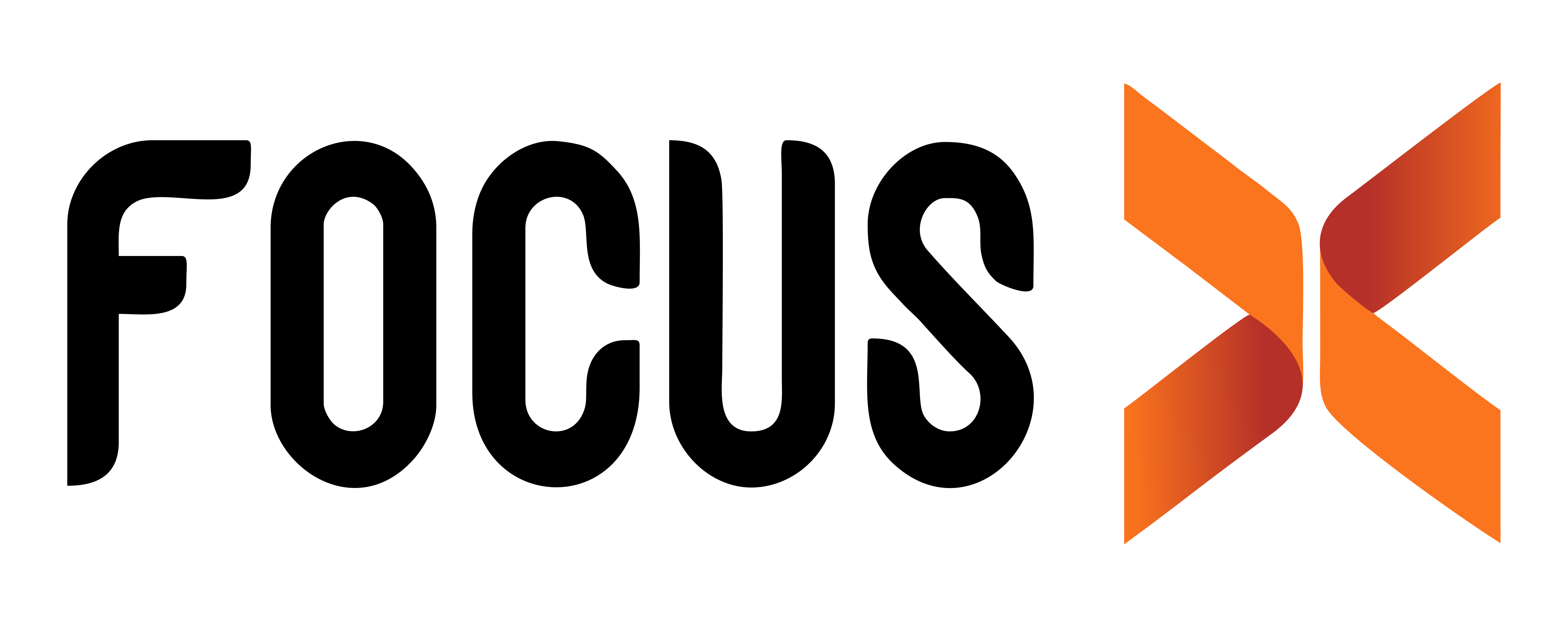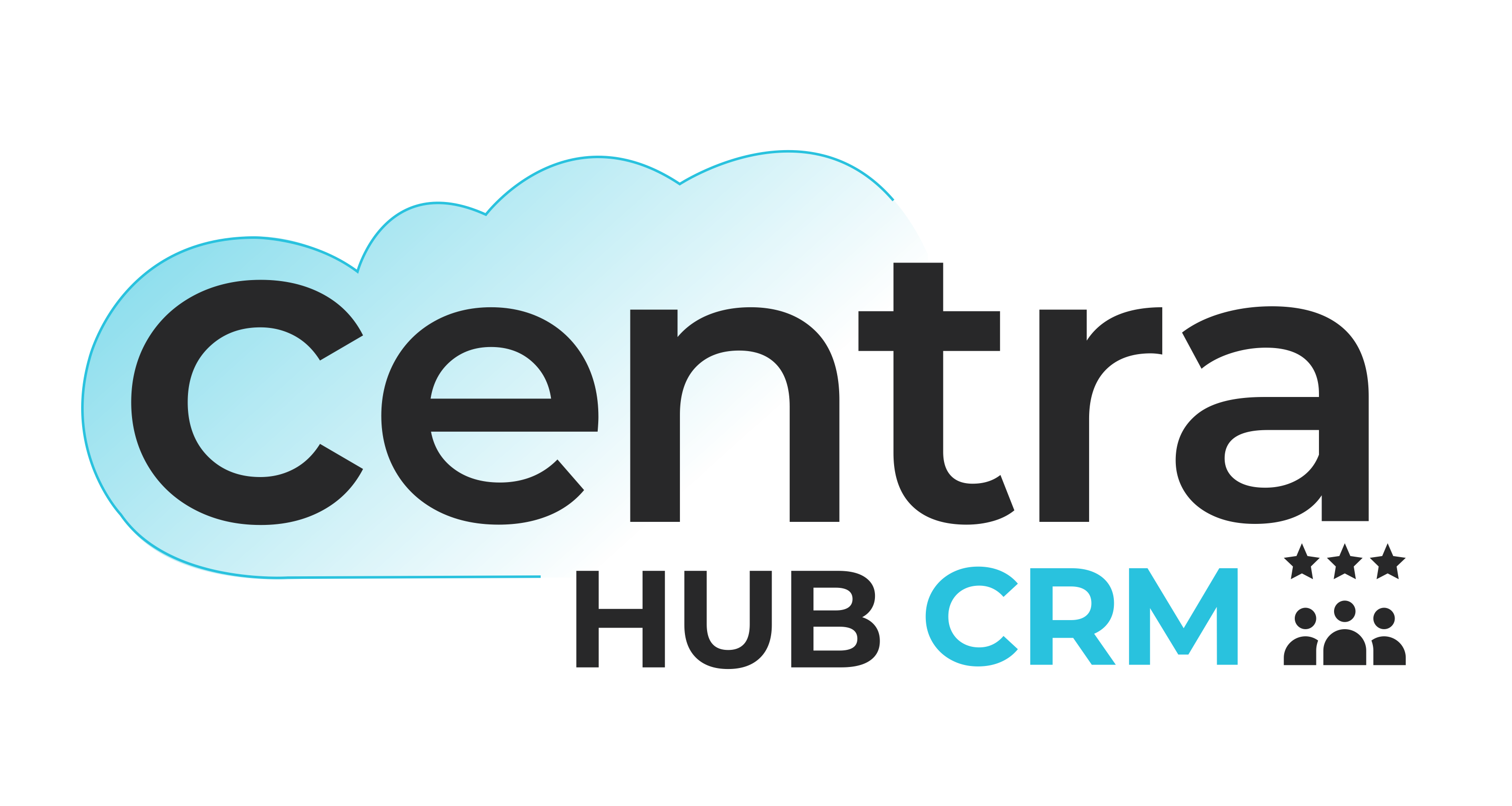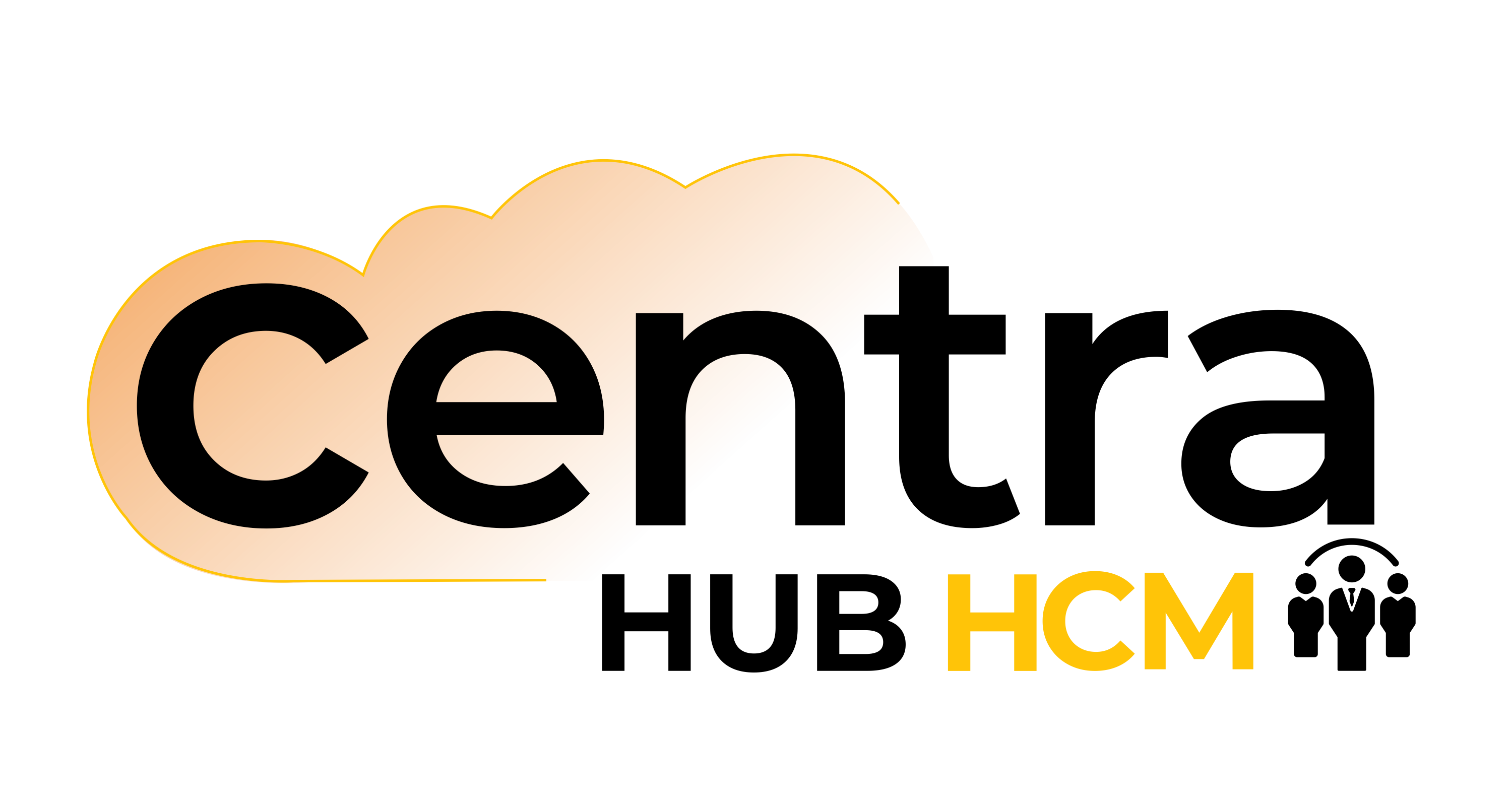Signs it's Time to Modernize Your ERP
As businesses grow and technology advances, legacy ERP systems may show signs of inefficiency and limitations. Some of the indications that it's time to upgrade your ERP include:
Outdated user interface
An outdated and cumbersome user interface can hinder productivity and frustrate employees.
Limited functionality
Legacy systems may lack the capabilities required to meet modern business needs, such as mobility, real-time data access, and advanced analytics.
Integration challenges
Difficulty in integrating with newer applications and technologies can lead to data silos and hinder data-driven decision-making.
Performance issues
Slow response times and system crashes can disrupt operations and impact overall productivity.
Security risks
Older ERP systems might not have robust security features, making them vulnerable to cyber threats and data breaches.
Scalability concerns
Legacy systems may struggle to scale and accommodate the growing demands of a rapidly expanding business.

Challenges of legacy systems
There are severallegacy system challenges that impede business growth and agility:
Technical debt
The longer a legacy system remains in place, the more "technical debt" it accumulates. Technical debt refers to the cost of maintaining outdated software, fixing bugs, and keeping up with security patches.
Lack of support
As technology evolves, vendors may discontinue support for older ERP versions, exposing businesses to potential risks.
Inflexibility
Legacy systems are often monolithic and rigid, making it difficult to adapt to changing business processes and industry trends.
Advantages of ERP modernization
The decision to modernize your ERP offers several compelling advantages:
Enhanced efficiency
Modern ERP solutions come with intuitive interfaces and streamlined workflows, empowering employees to work faster and more productively.
Improved decision-making
Access to real-time data and advanced analytics allows businesses to make informed decisions, driving growth and competitiveness.
Scalability and flexibility
Modern ERP systems are designed to scale with business needs, accommodating expansion and evolving requirements.
Integration capabilities
Newer ERP solutions offer seamless integration with other business applications, breaking down data silos and improving overall efficiency.
Security and compliance
Up-to-date ERP solutions have robust security features, helping businesses protect sensitive data and adhere to industry compliance standards.
Effective strategies for ERP modernization
To ensure a successfulupgrade, businesses should follow these ERP modernizationstrategies:
Comprehensive assessment
Conduct a thorough assessment of your current ERP system and business requirements to identify gaps and prioritize areas for improvement.
Cloud-based solutions
Consider migrating to a cloud-based ERP system, as it offers scalability, cost-efficiency, and seamless updates.
Phased approach
Break the modernization process into manageable phases to minimize disruptions and ensure smooth implementation.
Change management
Implement effective change management strategies to help employees adapt to the new ERP system and maximize user adoption.
Vendor partnership
Choose a reliable ERP vendor with a proven track record in ERP modernization and ongoing support services.
Making the Break from Legacy
At some point, legacy ERP systems become anchors holding the organization back rather than propelling it forward. Modern cloud applications enable reinvention, innovation, resilience, and growth. Embracing it is not just a technological upgrade; it is a strategic move that can redefine the future of the business. With proper planning and mitigation, the journey to modern ERP can liberate untapped potential within an organization.
If you are looking for a software partner who can help you achieve successful ERPmodernization, we can help. Focus Softnet is a trusted provider ofbusiness softwarethat can help you confidently navigate the path of ERP upgrade. Fill in the form for more information on this.







